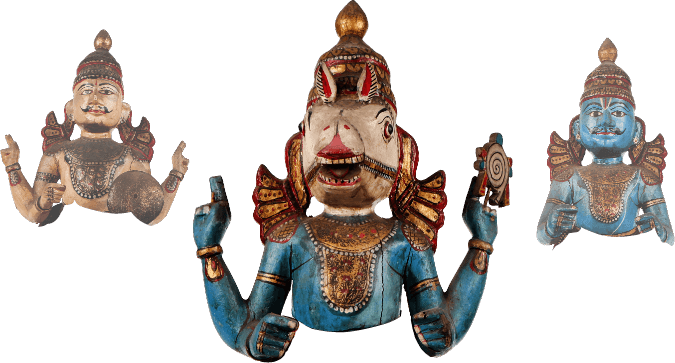About Museum
The National Crafts Museum & Hastkala Academy, celebrates the rich, diverse, and practising craft traditions of India. Situated in a large campus at the corner of Pragati Maidan, opposite the majestic Purana Qila, the museum was designed by the renowned architect Charles Correa.
Folk and Tribal Gallery
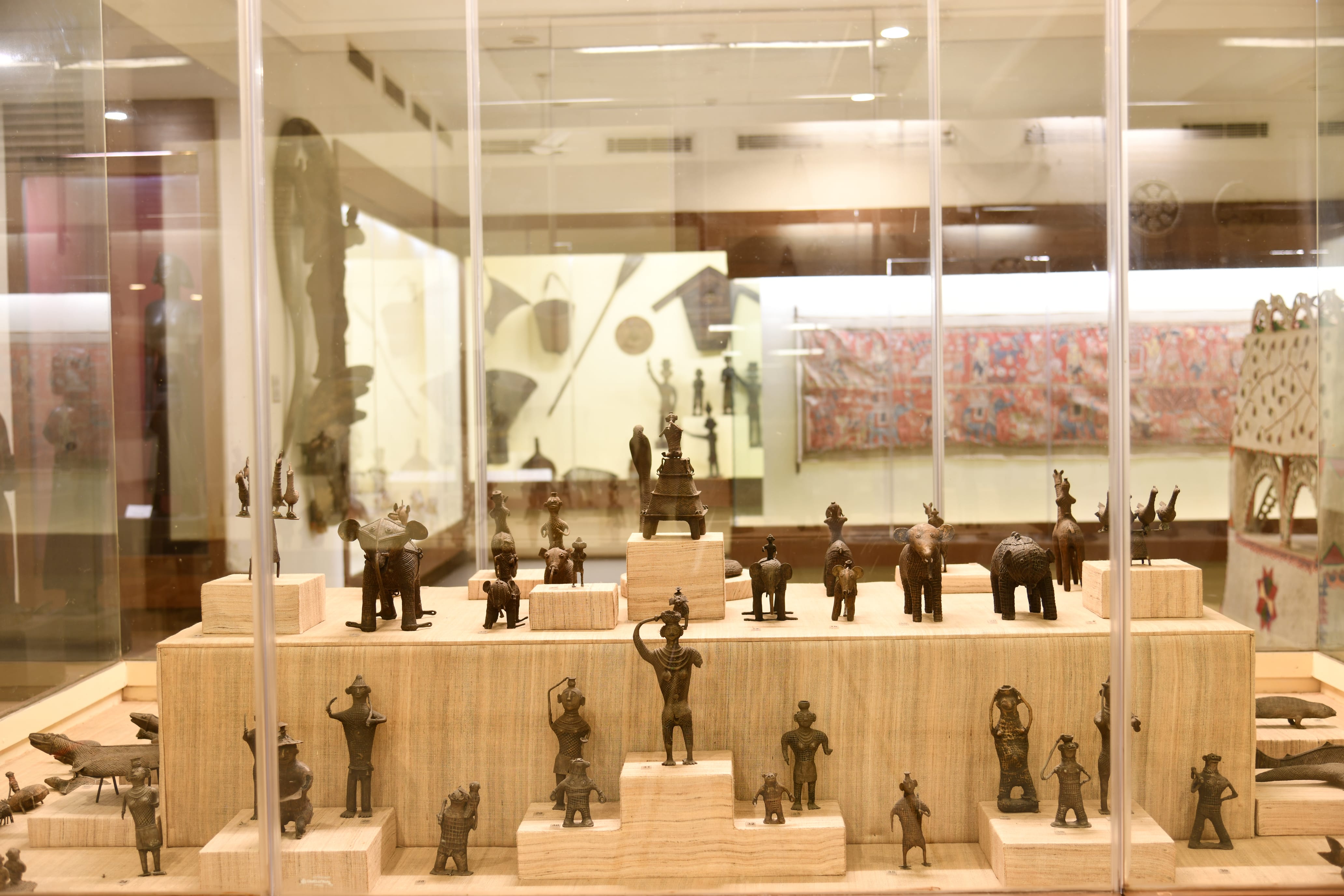
Cultic objects and Courtly Craft Gallery
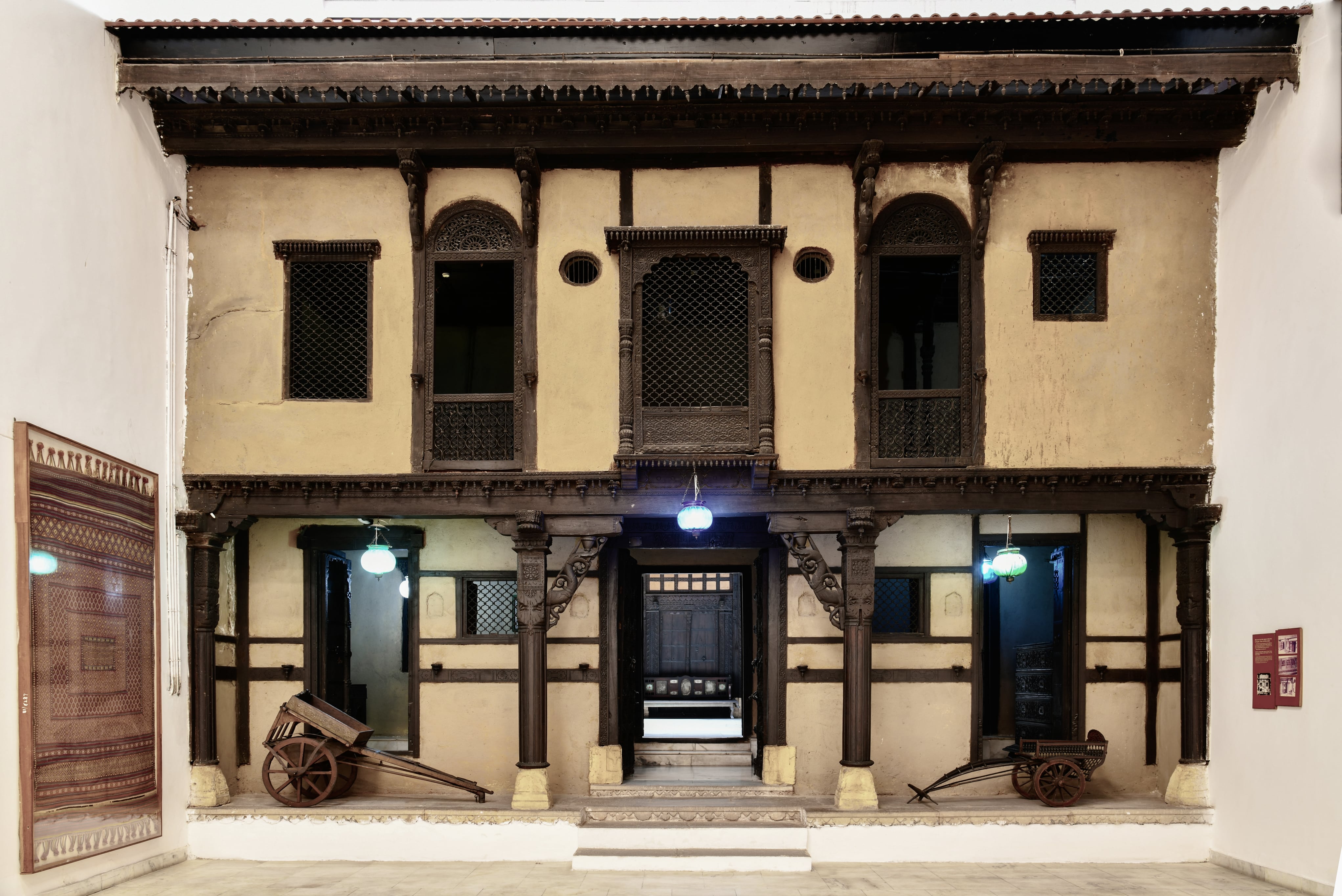
Textile Gallery
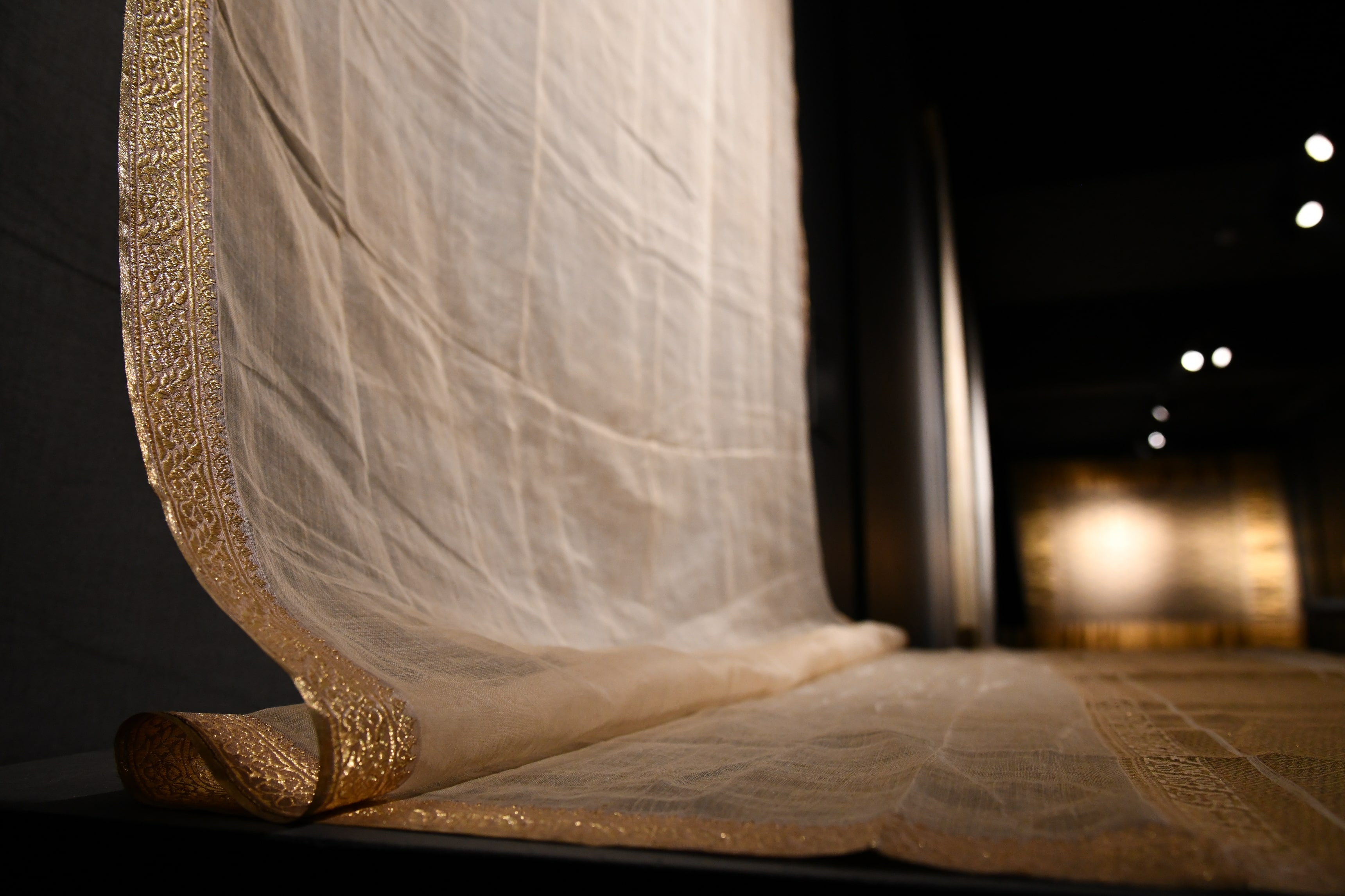
Village Complex
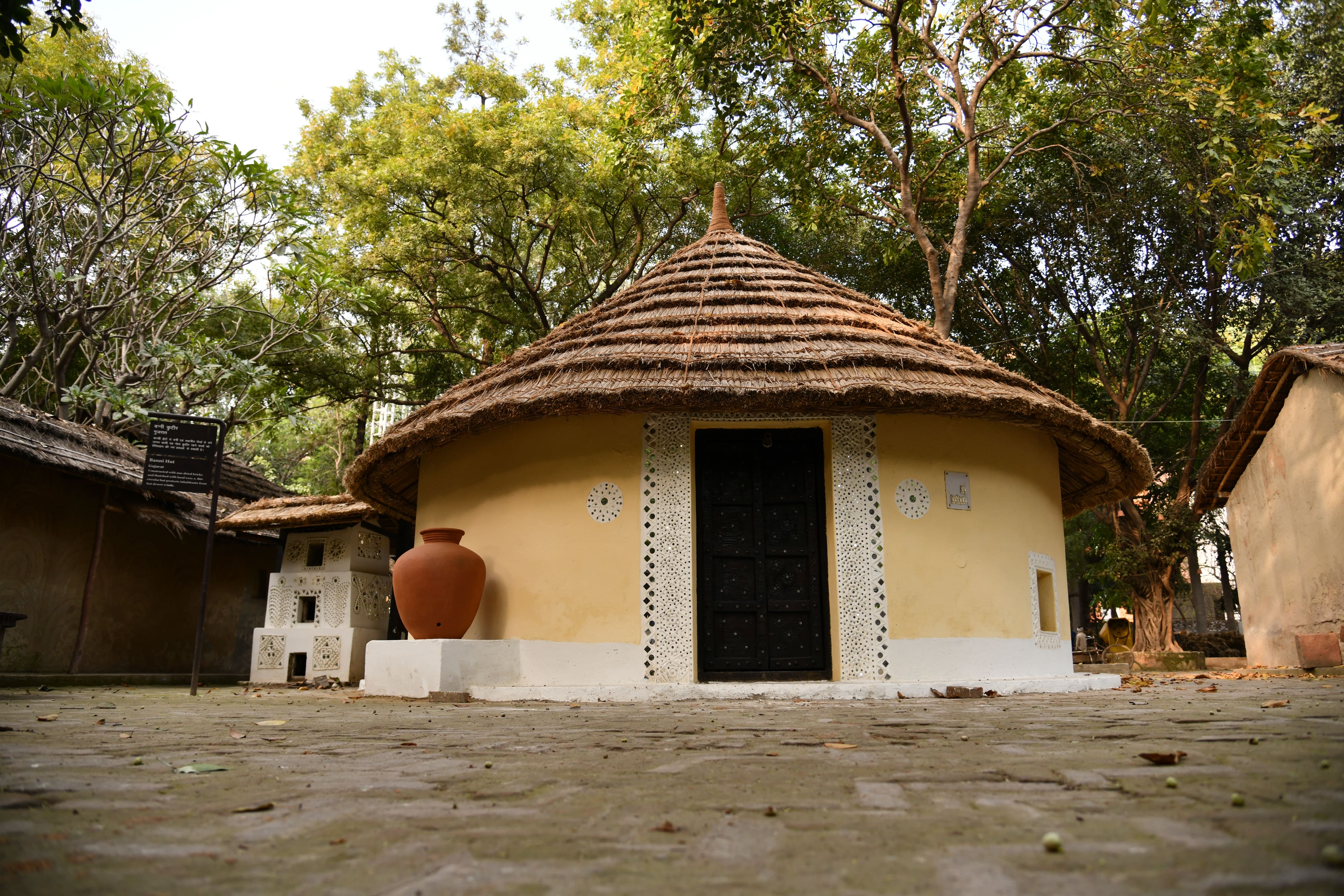
Aiyanaar Shrine
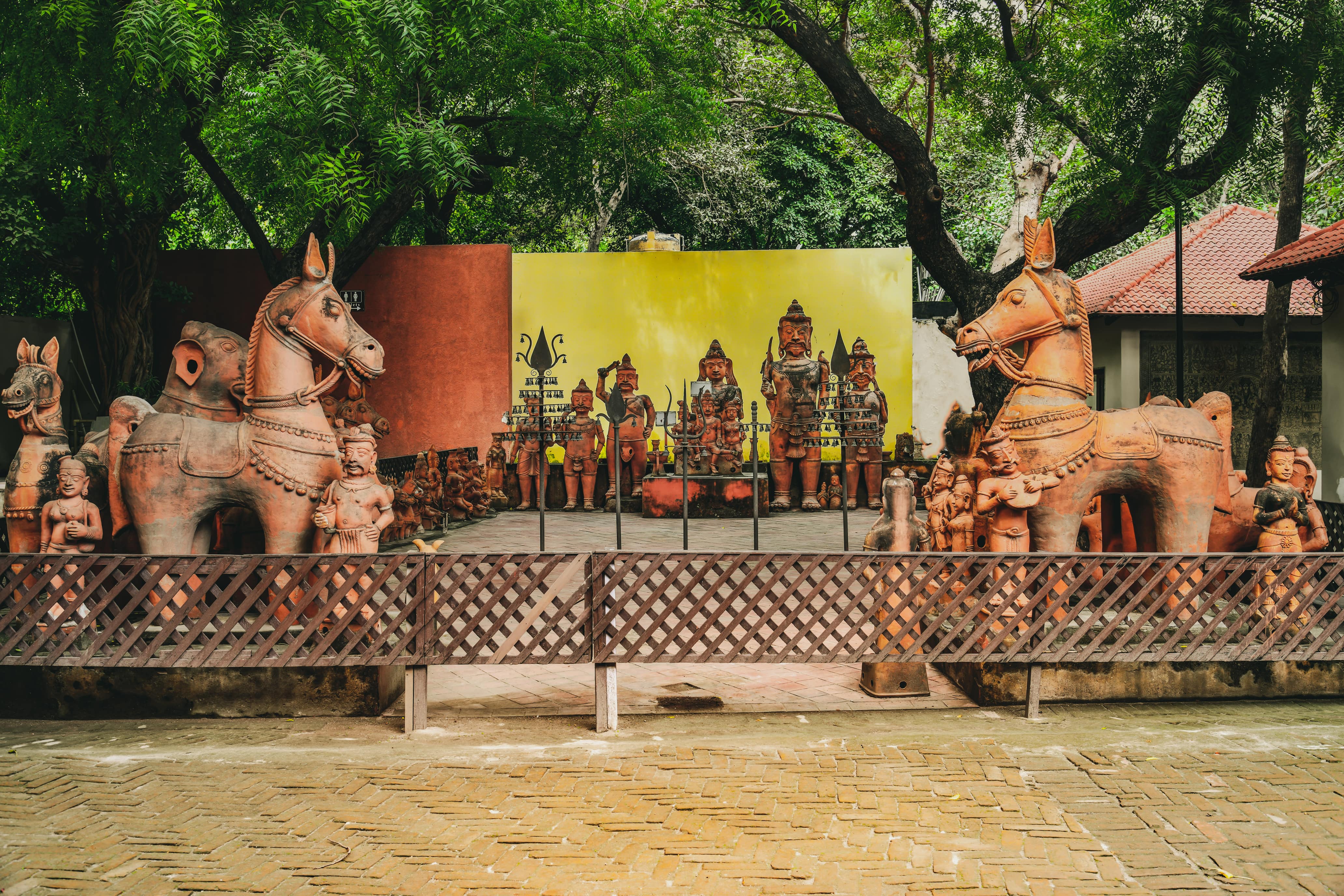
Haveli
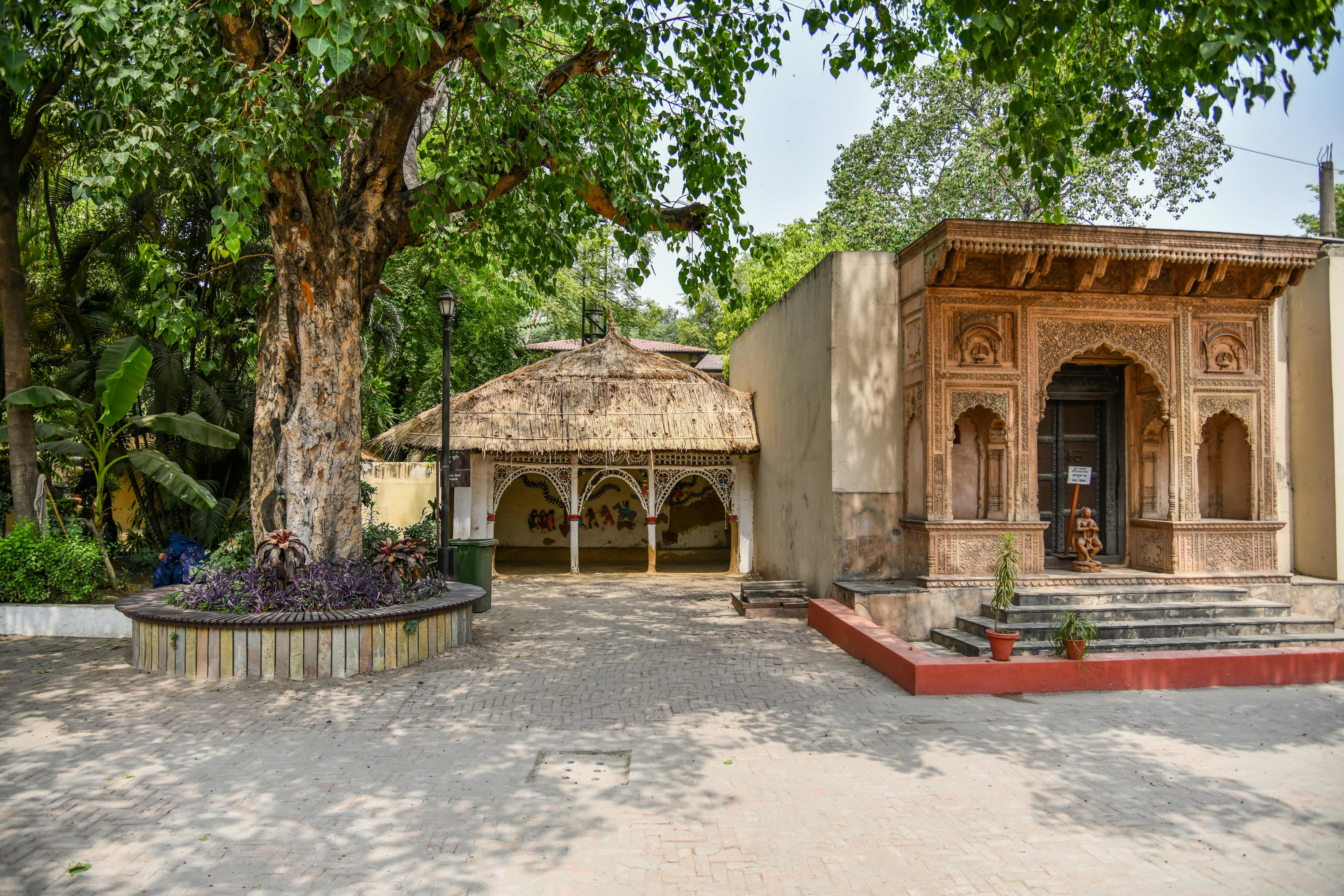
National Crafts Museum & Hastkala Academy collected from various states of India named as Andhra Pradesh, Arunachal Pradesh, Assam, Bihar, Delhi, Gujarat, Haryana, Himachal Pradesh, Jammu and Kashmir, Karnataka, Kerala, Madhya Pradesh, Maharashtra, Manipur, Meghalaya, Mizoram, Nagaland, Orissa, Punjab, Rajasthan, Tamil Nadu, Tripura, Uttar Pradesh, West Bengal. The collection reflects the continuing traditions of handicrafts and handlooms.
The exquisite examples of textiles include Kalamkaris, Jamawars, Pashmina and Shahtosh shawls, embroidered fabrics especially Kanthas, Chikankari works and chaklas Tie and Die (Bandhani) fabrics, Baluchar and Jamdaani saris, Pichwais, phulkaris, Ikat fabrics of Orissa, Chamba Rumals, Block printed textile fabrics of Gujarat and Rajasthan, Himru textile pieces of Maharashtra, Naga shawls, Chanderi saris and a variety of tribal textiles of the Lambadi, Toda and Naga tribes of North- eastern India.
The rare and finest specimens of traditional Indian handicrafts and handlooms are preserved with the objective that these would serve as source material for the revival, reproduction and development of Indian crafts. These source materials are meant for the master craftsmen, art-historians and craft designers along with the people who are interested to know our age-old cultural heritage. Museum is a special attraction for foreign tourists who wish to have a glimpse of our material culture.
Lota Shop and Cafe Lota
The Lota shop is the selling outlet for a whole range of contemporary craft products, books etc. on art, craft and design. The shop is considered to be one of the best in the world. The shop also keeps the artifacts made by the crafts persons participating in the craft demonstration programme after they are gone back.
.jpg)
History of the Museum Buildings
The low-lying Museum building is a reflection vernacular architecture and fine craftsmanship. Several architectural elements like jharokha, internal courtyards, open and semi-open passages, roof tiles arches, carved doors, posts, pillars, perforated iron-screens etc. are all the visual delights .
Bird House
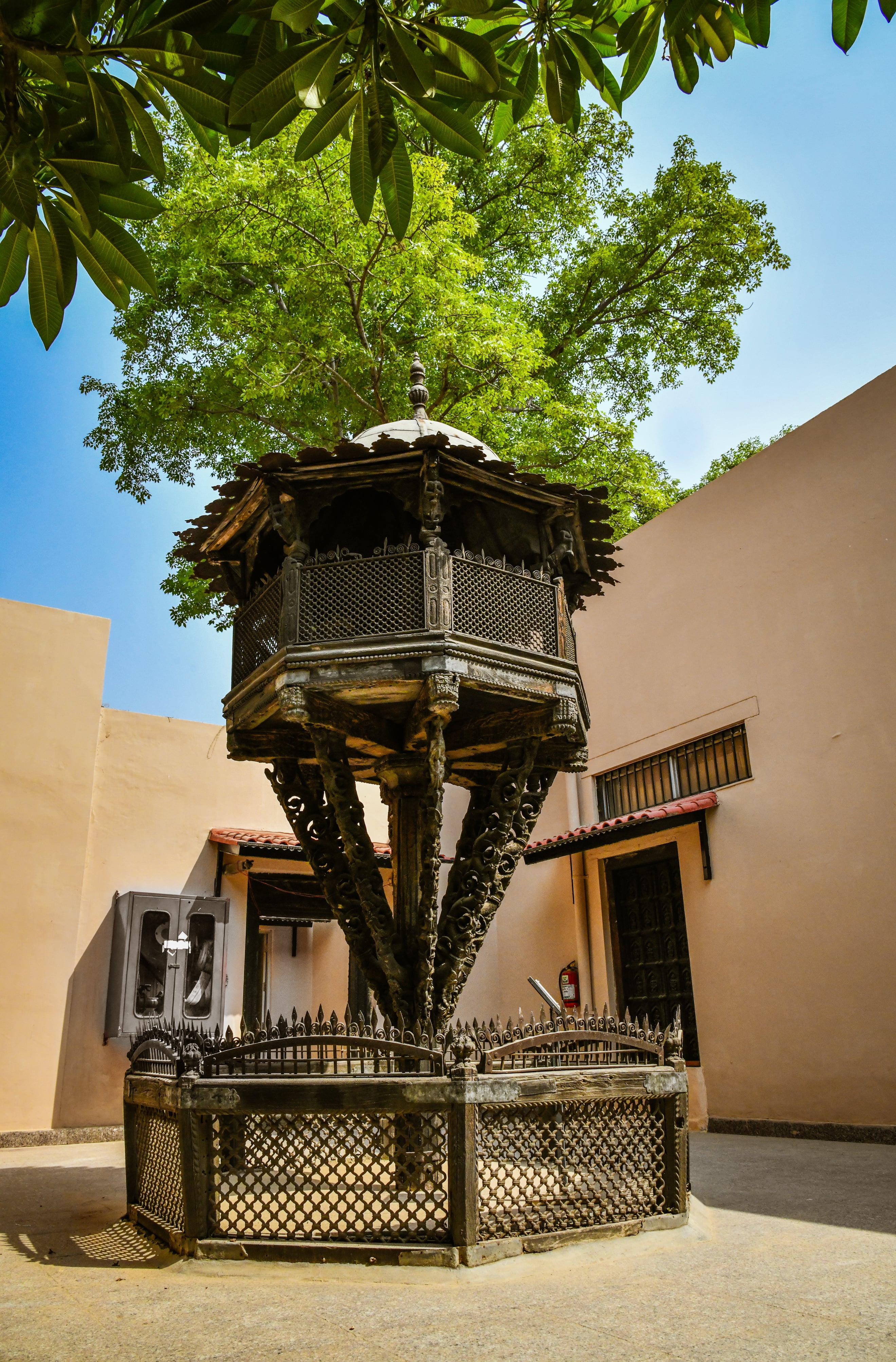
Chariot
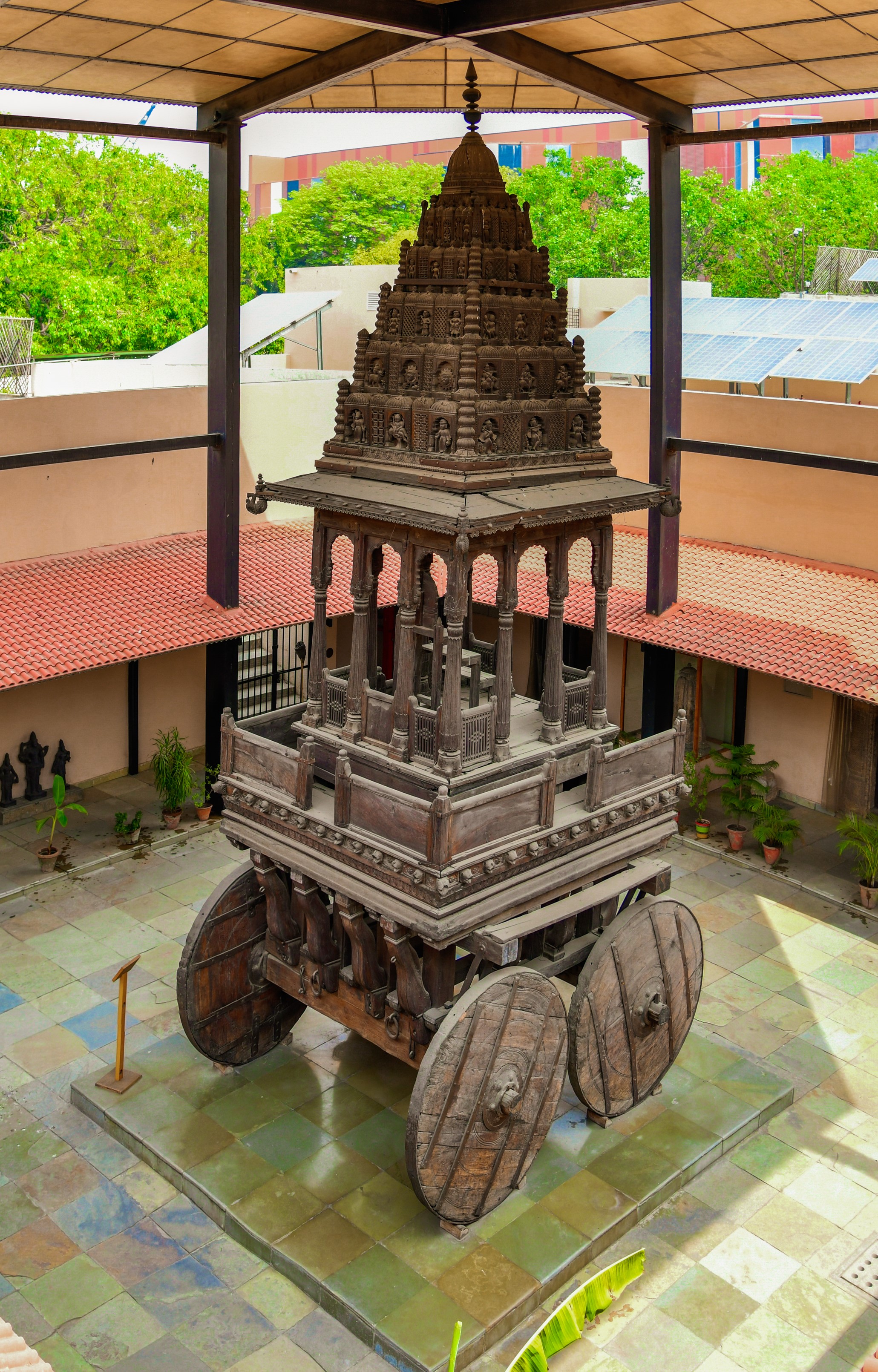
Instead, the various courts give access to different exhibits opening off a meandering pathway in an informal manner; Village Court, Temple Court, Darbar Court, etc. As in Bharat Bhavan, the podium is elaborated at two levels; on the ground floor through a series of courts and above through a set of roof terraces. At the same time, most of the single story accommodation provided is totally enclosed.
What is key here, as Jyotindra Jain has written, is that the whole museum is conceived after the timeless world of the Indian village where otherwise incompatible crafts exist side by side. Jain shows how the unofficial folk culture of India has always maintained its anarchic autonomy despite colonializing efforts to regularize the character of its production. Jain sees the value of the National Crafts Museum & Hastkala Academy as helping to maintain some resistance to the homogenizing forces of the late modern world. “
From 1996 The Work of Charles Correa
by Kenneth Frampton, The Perennial Press, New York, USA

